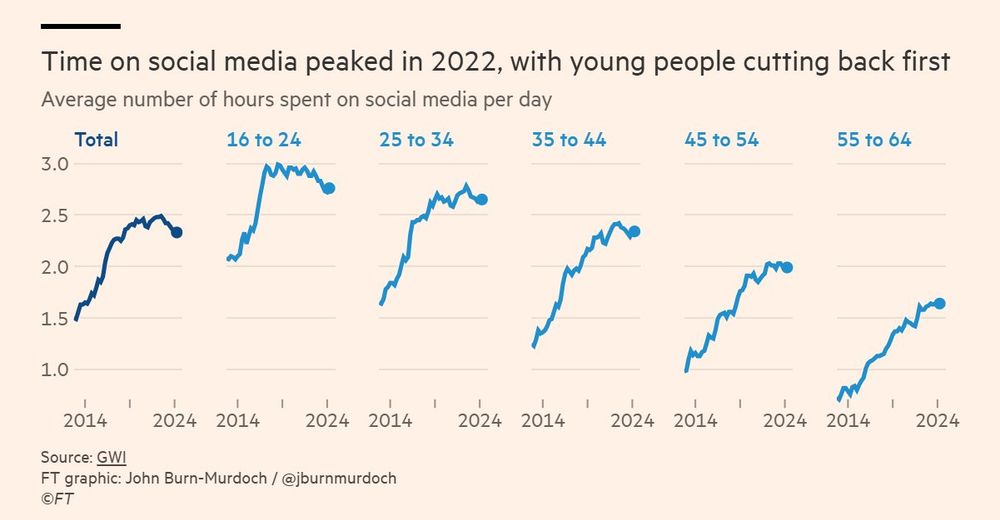Toby Ord
@tobyord.bsky.social
880 followers
37 following
210 posts
Senior Researcher at Oxford University.
Author — The Precipice: Existential Risk and the Future of Humanity.
tobyord.com
Posts
Media
Videos
Starter Packs
Reposted by Toby Ord
Reposted by Toby Ord
Toby Ord
@tobyord.bsky.social
· 12d
Toby Ord
@tobyord.bsky.social
· 12d
Toby Ord
@tobyord.bsky.social
· 13d
Toby Ord
@tobyord.bsky.social
· 13d
Toby Ord
@tobyord.bsky.social
· 13d
Toby Ord
@tobyord.bsky.social
· 13d
Toby Ord
@tobyord.bsky.social
· 13d












